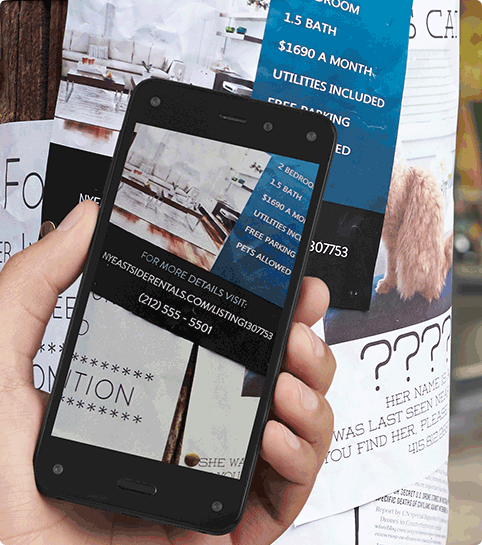I haven’t played with nor seen Amazon’s smartphone, the Fire Phone. It’ll probably not even be available in my neck of the woods, much like the Kindle Fire tablets. It matters little for this piece though.

The tech media seem puzzled about Amazon’s decision to ”fork Android” (read Ben Evans’ piece on this if you’re interested) and go head to head with Apple, Google, and to a lesser extent, Microsoft. There are some interesting features in the Fire Phone, including the 3D UI, Firefly and Mayday, and the Buy button, and then there’s Amazon’s Prime service too. The general consensus is that the Fire Phone is an expensive yet underpowered high-end smartphone with Amazon’s limited app store, tailored for Amazon services. The question this beckons is who’d want this?
It’s a valid question, with an obvious yet complicated answer: Amazon’s customers wants this. The answer is obvious because if you do all your shopping at Amazon, if you use Prime, then the Fire Phone’s for you. On paper that might make sense, but in reality smartphones are personal devices and I doubt a lot of us want to be defined by where we buy adult diapers.
The Fire Phone has the same problem as Facebook’s Home project had, which is that no matter how much people love a service, they do other things too, and they don’t necessarily want to delve deep into just one place. As Ben Evans argues in the aforementioned linked piece, Facebook decided to break their offering into a ton of apps over different platforms, whereas Amazon’s going with the integrated all-in-one package. The thing is, if Facebook’s reasoning that they could reach around 10% of their users with Home, thus making the service ”a distraction”, then that speaks volumes of the difference between Amazon and Facebook and their goals.
Amazon’s in this for the long run. If they weren’t they’d never forked Android for the Kindle Fire tablet in the first place, they’d never had established their own app store, and they definitely wouldn’t continued to iterate the Fire tablet even though most things point to – at least at first – pretty weak sales. And yet Amazon still makes the Kindle Fire tablets, and now a Fire Phone as well.
The Fire Phone is expensive, much like other high-end smartphones such as the iPhone. Some Amazon users’ll pick it up, but sales might very well be weak. The Fire Phone is expensive now, but much like Apple offers the Latest Version of its iPhone at a premium price, and their Previous Version at a lower price, Amazon’ll do the same. They’ve already done the same with the Kindle Fire tablets. With every iteration of the Fire Phone, the previous version’ll be available at a lower price, making it a viable option for more people. And with every device sold, Amazon’s bet on their own app store makes more sense, because they’ll convince more developers to publish their apps there. Sure, the Amazon app store won’t house the cutting edge brand new shiny apps, they’ll end up on the App Store and Google Play, at least for now. The question is, can Amazon attract enough apps to make its app store good enough for the majority of users? All the while making sure that their customers stick with the Prime service, and up their buying from the Amazon store as well?
Facebook shuttered Home because 10% of their users wasn’t worth the effort. If Amazon can get to 10% users running Fire devices, be it phones or tablets, then that’s a shitload of money because these users will be Prime subscribers and they’ll shop primarily from amazon.com. They’ll also buy apps from the Amazon app store, and – assuming Amazon can avoid making their Fire line-up suck – be ambassadors for new customers. It’ll take time and money to reach a respectable user base for the Fire Phone, and Amazon’s got work to do with the Kindle Fire tablets as well, but it seems they’re in no rush. Amazon are in this business for the long run, and from where I’m sitting they look pretty well prepared for this race.